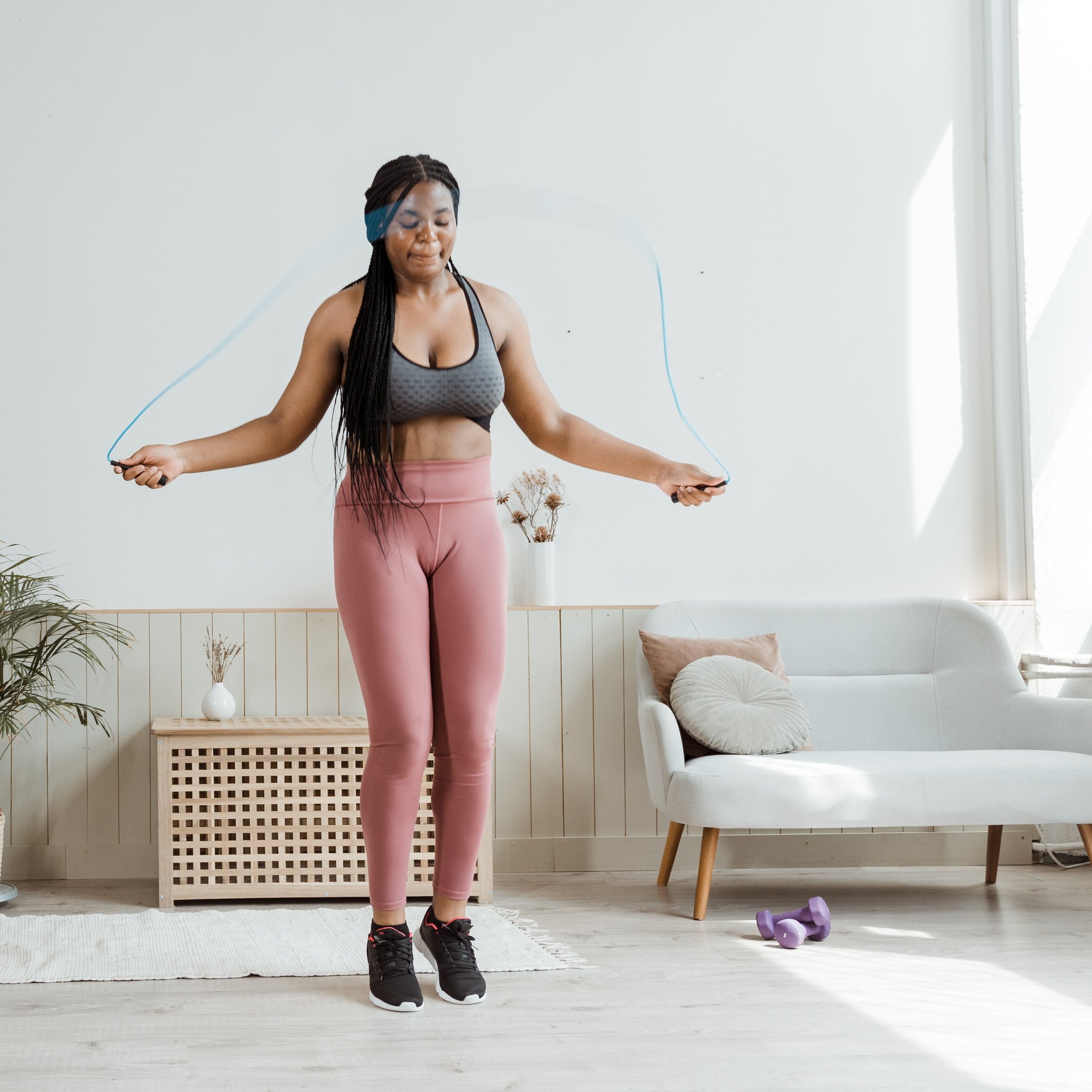7 Tips for Starting and Maintaining Your Fitness Practice
Starting and maintaining a fitness practice can be a challenge, especially if you set high health-related goals for the new year. As we move into February, you may find that your progress and consistency are being affected by various factors. However, there's no need to worry! In this blog, we'll be exploring some of the most common challenges you may face and provide you with the tips and tricks you need to overcome them.
According to the American Academy of Sports Medicine (ACSM), the leading authority on exercise guidelines, you should aim to get at least 30 minutes of moderate intensity exercise five days a week, or 20 minutes of vigorous exercise three days a week.
To achieve optimal health and fitness results, it's crucial to incorporate a few key habits into your routine and avoid some common pitfalls.
Here are our 7 tips for success!
1. Drink plenty of water
To ensure adequate hydration, aim to drink between 64-100 ounces of water each day. One easy way to do this is by adding a glass of water to your meals and snacks, or setting a goal for the number of times you want to refill your water bottle
2. Eat a balanced diet and fuel your body prior to exercise
Proper nutrition is also important, especially when adding new energy demands to your routine through exercise. Just like you wouldn't drive a car without fuel, don't work out without fueling your body first. A general guideline is to eat a meal 3-4 hours or a snack 1-2 hours prior to each workout. However, everyone is different, so it may take some trial and error to determine what works best for you.
3. Get adequate rest
To maximize your strength gains, adequate rest is just as important as exercise. Aim to get 7-9 hours of sleep each night, and give your muscles 2-3 days to recover between workouts targeting them.
4. Find an enjoyable form of exercise
It's essential to find types of physical activity that you enjoy, as you're more likely to stick with something that's fun and engaging. Some examples of exercise include walking, dancing, weight lifting, running, pilates, martial arts, hiking, pole fitness, aerial silks, live action role playing, cycling, and rock climbing. Really anything that gets your body moving counts as exercise!
5. Avoid an all-or-nothing mindset
If you’re likely to take a whole week off after missing just one workout, you might need a mindset change! It's okay to take a break when you need it, such as when you’re feeling significantly sore, tired, or sick, but don’t let a lapse in routine break your progress completely. Be mindful, flexible, and forgiving with yourself! Moving your body some is better than nothing and every little bit counts.
6. Identify your personal barriers
What personally stops you from fulfilling your goals? If you have issues with consistency, don’t wait for motivation to hit - instead, schedule your activity and plan out when, where, and how you'll move. You can sign up for a class, make plans with a friend for accountability, follow a workout video, lay out your exercise clothes in advance, or use a timer app to keep yourself on track. Do you have pain or injuries that you’re worried about exacerbating? Make an appointment with a physical therapist to discuss any adaptations and get tips for working out safely.
7. Don’t focus on appearance or scale-related goals
Setting appearance or scale-based goals are more likely to lead to frustration and disappointment than functional goals because they are not great indicators of health or progress. Examples of functional goals that will help show progress might include the number of squats you can do in 30 seconds, being able to pick up your child, carrying groceries inside in one trip, not getting out of breath as easily, and even recovering faster when you do get out of breath. Remember, there are many measures of health that are better than weight or BMI which include resting heart rate, estimated VO2 max (something your smart watch may have available), and others you may need a medical provider to check like blood pressure, blood sugar, and cholesterol.
We all know starting and maintaining a movement practice can feel daunting, but hopefully you found some ideas and tools that will help you with your fitness journey. If you have pain/injuries, one or multiple medical conditions complicating exercise, or just feel like you need more guidance, make an appointment with a local physical therapist who can help you get started safely!
Our practice offers appointments Monday-Thursday and can help answer any questions you might have! Contact us to schedule.

